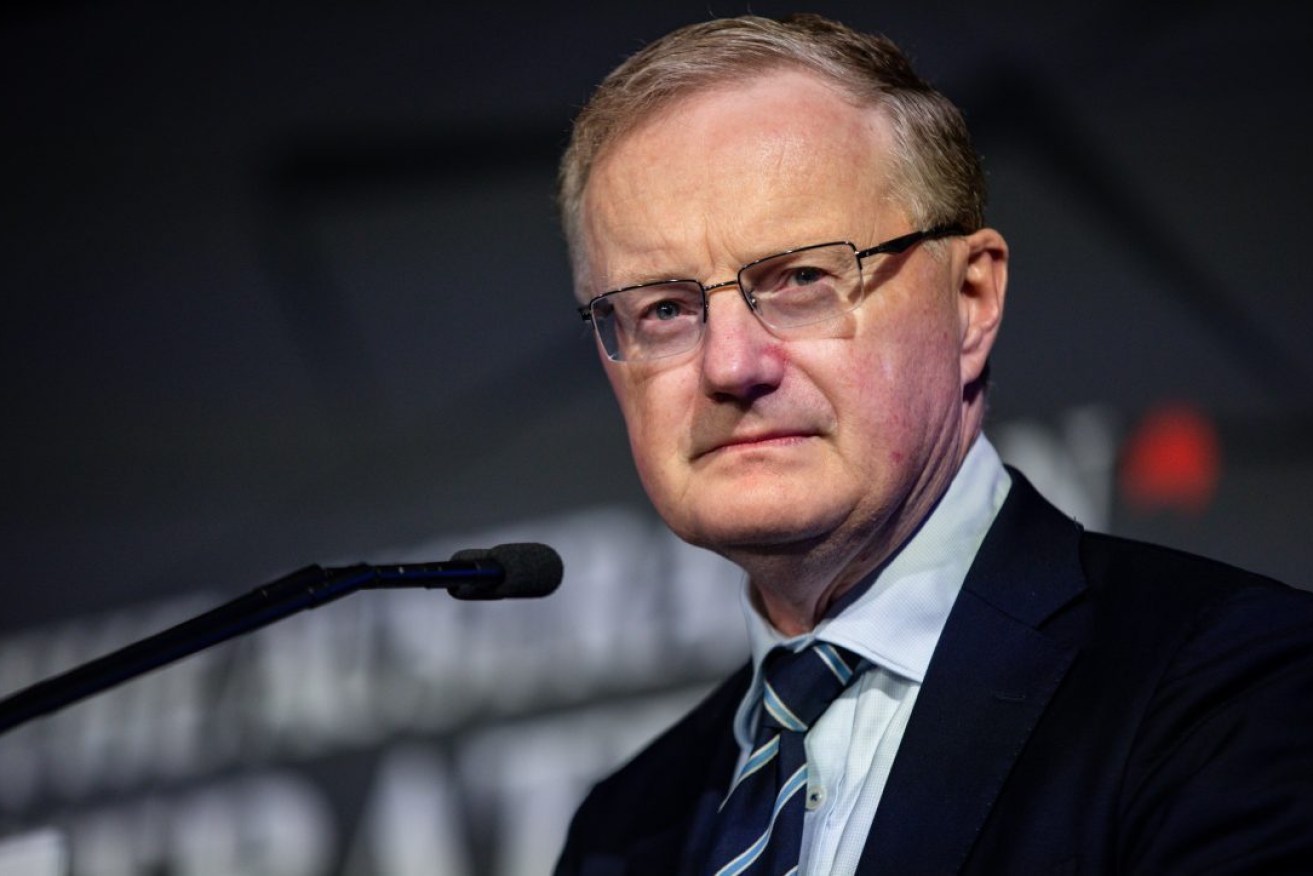Another big interest rate hike, more to come
The Reserve Bank has again hiked interest rates, this time by another 50 basis points – and says more rises are on the way as it tries to lower inflation.

Reserve Bank of Australia Governor Philip Lowe. Photo: AAP/Diego Fedele
The central bank’s decision this afternoon to increase rates for the fifth month in a row lifted the official cash rate to 2.35 per cent – the highest level since 2015.
The bank started lifting interest rates in May in response to fast-rising inflation.
More rate rises are likely, with Westpac economists expecting to see the cash rate lift to 3.10 per cent by the end of the year before peaking at 3.35 per cent in February
The bank then expects rates to start dropping in 2024.
Reserve Bank of Australia Governor Philip Lowe said the board was committed to returning inflation to between its target band of two to three per cent.
“It is seeking to do this while keeping the economy on an even keel,” he said.
“The board expects to increase interest rates further over the months ahead, but it is not on a pre-set path.”
Lowe said inflation was expected to peak later this year and then decline back towards the target range.
But he also said household spending remained an “important source of uncertainty”.
Treasurer Jim Chalmers said the cash rate decision would “tighten the screws on family budgets”.
“The markets had anticipated it and homeowners were expecting it as well but the fact that we knew it was coming doesn’t make it any easier for people,” he said in parliament.
He said governments do not interfere with the independent decisions of the Reserve Bank.
“It is our job to do what we responsibly can to help Australians deal with these pressures in the near term, and to build a much more resilient economy into the future,” Chalmers said.
Provided banks pass on rate hikes to customers, the interest rate increase will lead to higher repayment for variable rate mortgage holders.
For a typical mortgage holder with a $750,000 debt and 25 years to go on their loan, RateCity data shows another 0.5 percentage point hike will see them pay $922 more a month than they were in May before rates started rising.
PropTrack economist Eleanor Creagh said the aggressive hiking cycle has triggered a fall in house prices, with house prices now sitting 2.7 per cent below their March peak.
But outside the housing market, the impact of rate rises is yet to show.
Consumer confidence is down, but the labour market remains tight, unemployment is still exceptionally low, spending shows no signs of a slowdown and business conditions remain healthy.
“These conditions have allowed the RBA to continue raising the target cash rate toward their estimates of the neutral rate, while monitoring the evolution of household spending as interest rates rise – a key source of ongoing uncertainty,” Creagh said.
She said Tuesday’s rate hike would push property prices down even further because borrowing would get even more expensive.
Rising interest rates and soaring inflation are taking their toll on Australians’ mental health, with frontline services ranking cost of living and personal debt as the biggest risk to suicide rates.
Prime Minister Anthony Albanese acknowledged the financial pressure Australians were under and said there would be some measures to ease cost of living pressures in the October budget.
“We will soon be preparing our first budget and we need to address the cost of living issues Australians are facing while being mindful of the trillion dollars of debt we have inherited,” he said during a party room meeting.
Opposition Leader Peter Dutton called on the government to come up with a plan to ease living pressures, especially high energy bills.
“The prime minister promised on 100 occasions before the last election that the power prices of families would come down by $275. Now, he’s not mentioned that figure one day since,” Dutton said.
-AAP




